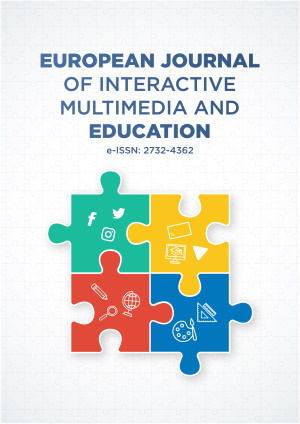Abstract
The aim of this study is to investigate the effects of flipped classroom on students’ autonomous learning perceptions and students’ attitudes towards learning English grammar. In this study, an embedded design, one of the mixed research methods, was employed to determine the effect of the flipped classroom on the English learning process. The study group consisted of 24 preparatory students. Quantitative data of the study was obtained through autonomous learning perception scale and attitude scale towards learning English grammar. Qualitative data was collected by an open-ended questionnaire developed by the researcher in order to describe the students’ views on the learning process of the flipped classroom. The quantitative results of the study showed a statistically significant difference between pre- and post-test scores of the experimental group. In addition, quantitative results showed that the opinions of the students mostly focus on the effect of the flipped classroom on efficiency in learning, time management and motivation.
License
This is an open access article distributed under the Creative Commons Attribution License which permits unrestricted use, distribution, and reproduction in any medium, provided the original work is properly cited.
Article Type: Research Article
EUR J INTERACT MULTIMED ED, Volume 3, Issue 2, July 2022, Article No: e02209
https://doi.org/10.30935/ejimed/12154
Publication date: 07 Jun 2022
Article Views: 2981
Article Downloads: 1691
Open Access References How to cite this article
 Full Text (PDF)
Full Text (PDF)